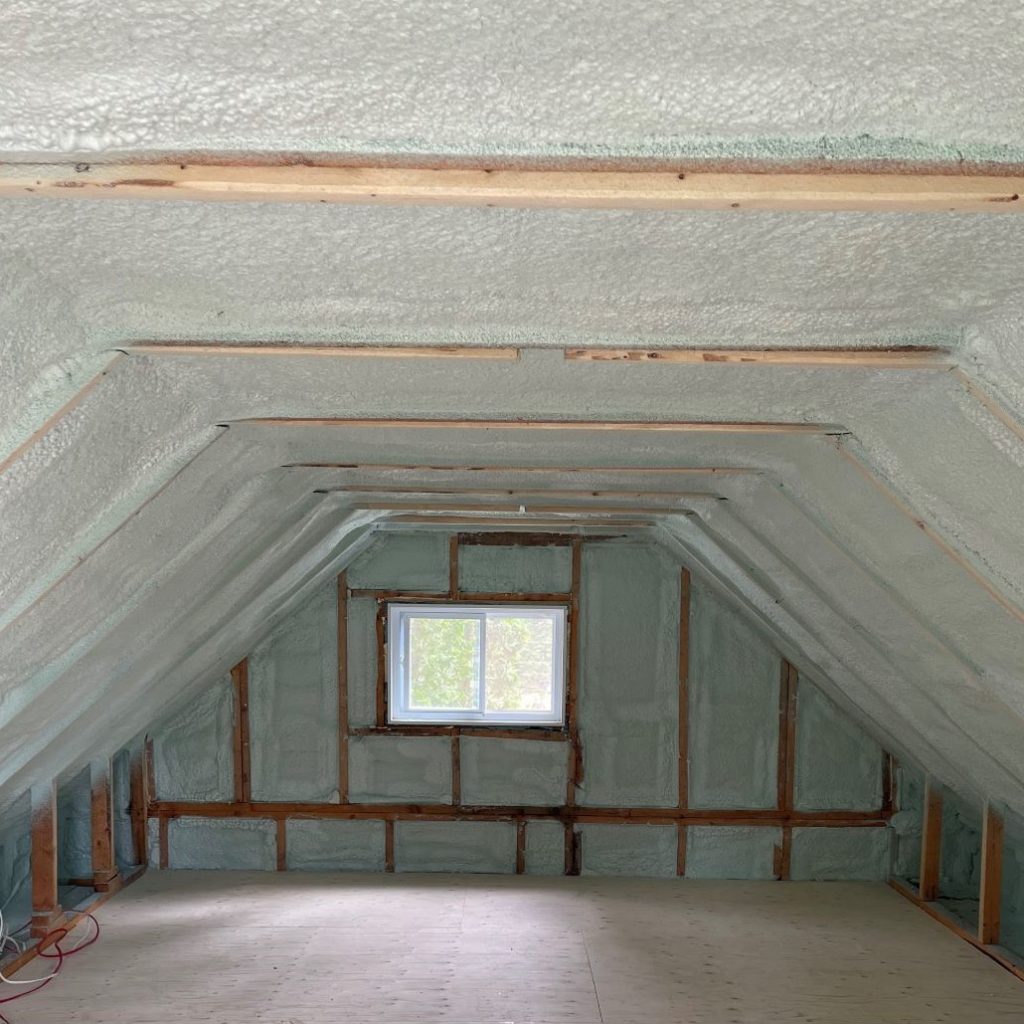First snow is coming, and so do the winter pleasure. Skate, skiing, snow shoe walks and the fireplace. But the cold and the snow also bring certain inconveniences such as storms and shovelling chores. Some winter problems even find their way into your home. Here are 5 of them with solutions to fix them.
5 PROBLEMS THAT OCCUR IN THE HOUSE IN WINTER AND THE SOLUTIONS TO FIX THEM.
1. Your Windows Are Fogged Up.
Did you know that today’s houses are so well insulated that they hardly let the air escape? The result: more moisture. In fact, the humidity level should remain between 40 and 50% in your home. This humidity turns into condensation when it comes into contact with the windows because there is a large temperature difference between the warm air in the house and the cold air outside. Even with new windows, fogging is normal because it proves that the windows are airtight.
Excess humidity can be caused by, among other things, long showers, the dishwasher, cooking food or hot humid air that is poorly ventilated. To avoid condensation in your home, be sure to place heaters under windows, leave curtains and window shades open as often as possible, and run bathroom and kitchen hood fans.

2. There Is Presence of Mildew.
When a house is too humid, there is a good chance that there will be mildew in it. It is more often present in the basement, in the bathroom and in the kitchen, but it can develop almost anywhere. Excessive moisture can come from water damage, water seepage through the walls or floor, or a gap between the wall insulation and the foundation. A smell of dirt, or musty smell and green or black stains are two signs that humidity is playing havoc with your health.
To solve your humidity problem, it is essential to prevent the vapour from condensing inside the walls. Installing a sealed vapour barrier is an effective solution. Rim joist insulation and elimination of air between the insulation and the foundation wall are also recommended. Sprayed urethane is the go-to insulation for these jobs because it provides a perfect seal. Temporarily, you can also install a dehumidifier.

3. Cold Air Seeps Into Your Home.
What could be more unpleasant and energy-consuming than feeling a trickle of cold air sneaking into your home? To avoid inflating your bill, it’s important to properly prepare the interior of your home for winter by taking small steps. The edges of your windows can easily be caulked. You can also insulate your windows by applying plastic wrap. Remember that windows cause up to 25% energy loss in a home. The bottom of the doors should also be checked. Make sure that the caulking around the doors is in good condition and that the weatherstripping is tight.
4. The Air in Your Home Is Dry
This is the opposite problem of a house that is too humid and it’s also less of a problem. The cause: The electric heater is helping to dry out the air. Your skin can suffer from this by being drier and it can also help germs to proliferate. Hence the importance of controlling the humidity level in your home with a humidifier or an air exchanger.
5. Your Electricity Bills Are Skyrocketing.
Did you know that heating is responsible for 60% of home consumption in Canada? If you chose the equal payment plan, you won’t see the difference right away, but by the end of the year, a big chunk of your budget will be spent on it. To reduce your bill, there are, of course, effective little tricks such as caulking windows, ensuring good air circulation, stopping all air infiltration and reducing heating at certain times with programmable thermostats. But for long-term sustainable savings, nothing beats insulating thermal bridges with the addition of cellulose or sprayed urethane.
In summary, winter brings certain problems inside your home. Fortunately, they can all be adjusted effectively in order to enjoy a comfortable home, neither too dry nor too humid, free of mildew and drafts. If, after all of these tips, you find your home is still too cold, it might be time to call in one of our insulation experts.
This article was originally published on October 7, 2020 by Jocelyn St-Pierre








